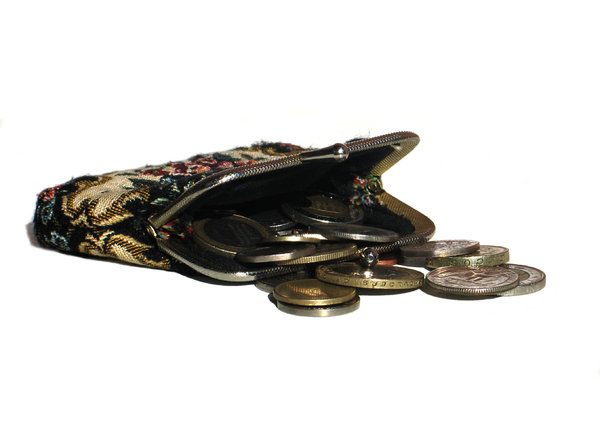
Consider using cash for grocery purchases or other everyday purchases that your children often see you make, and they’ll be quicker to learn the basics of money management. It’s healthy for your family to see you spending cash, which looks and feels more limited and more real. These days, it’s become very difficult for some kids to learn that money is a finite object because mom and dad are always swiping plastic at the store. As soon as a child is old enough to understand that you need money to purchase things from stores and can comprehend that money is finite and can run out, they’re old enough to start getting or earning pocket money so they can learn these lessons first hand. Start Using Pocket Money EarlyĬhildren as young as four or five are old enough to start learning about the value of a dollar, even if they only get a dollar or two a week. Age appropriate amounts of pocket money are totally up to you as the parent, and you may need to experiment a little with the amount of money you let your child handle on a regular basis to see what works best. Not only are younger kids more likely to lose money, but they also have fewer expenses than older children, who might want to take the bus on their own or spend money on individual lunch items in the school cafeteria. Whether you have your children work for their pocket money through chores or not, you need to make sure that the amount of money they have makes sense relative to their ages.

This will encourage kids to get into the habit of saving, even if it’s just a little at a time. You might want to require that your children automatically take a certain percentage of their pocket money to put into a savings account or even just a piggy bank. The SEC has a great program in place at the moment meant to help teach parents and kids about the basics of money, and one of its first allowance and pocket money rules for kids is to teach them to pay themselves first.


 0 kommentar(er)
0 kommentar(er)
